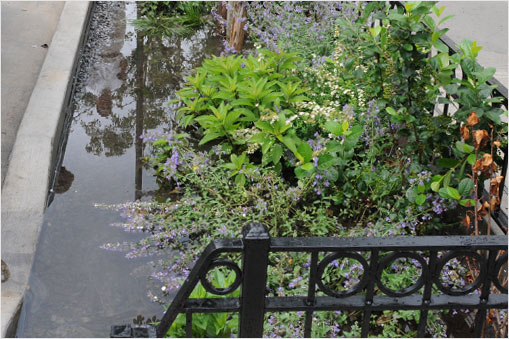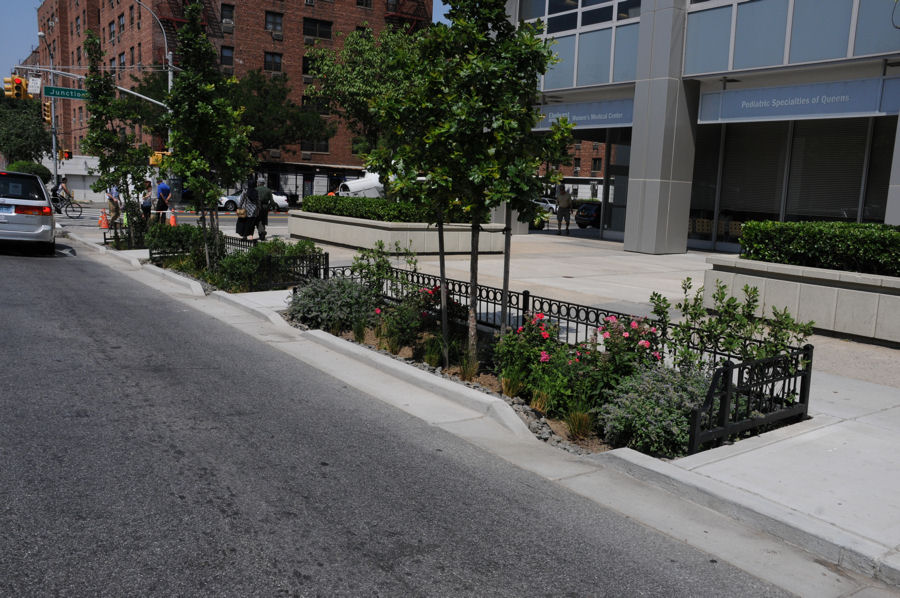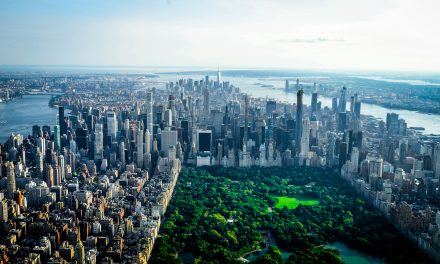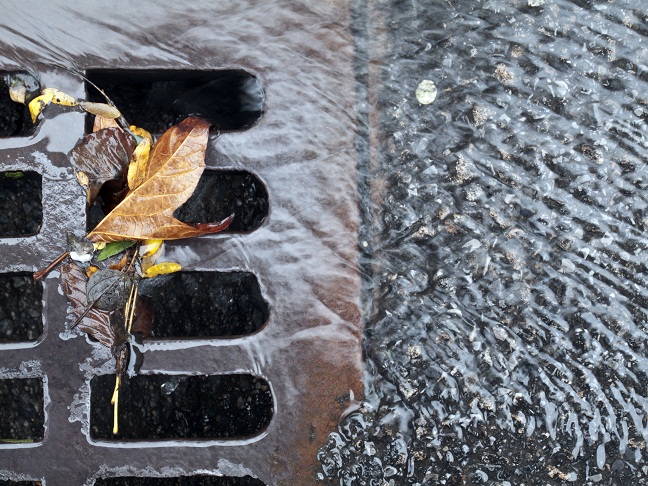
One of 19 new bioswales located in the Bushwick section of Brooklyn. These bioswales are part of three neighborhood-scale demonstration projects by the New York City Department of Environmental Protection.
On June 3, the New York City Department of Environmental Protection (DEP) announced completion of its third neighborhood-scale demonstration project. The three bioswales installations together will collect more than 26,498 m3 (7 million gal).
The newest installation includes 19 bioswales located in the Bushwick section of Brooklyn — an area where combined sewer overflows (CSOs) affect Newtown Creek. This project cost $335,000 and will prevent 3785 m3 (1 million gal) from entering the combined sewer system.
New York City’s bioswales are street-side gardens with curb cuts that enable stormwater to enter the system from the street. The bioswales contain 1.5 m (5 ft) of stone and engineered soil that enable them to quickly infiltrate water from the sidewalk and street. The bioswales’ capacity is further increased by plants that absorb and transpire the water. Each bioswale has the capacity to absorb 8494 L (2244 gal) during a storm.
The demonstration areas are also generating data on how well green infrastructure performs at reducing CSO volumes on a multiblock scale. DEP has already been collecting preconstruction flow data since Oct. 2011, which will be used to calculate the effectiveness of the green stormwater controls. By extrapolating the data, DEP will also be able to determine how green infrastructure will work on a citywide basis. DEP is also collecting project-level data from green roofs and other decentralized stormwater controls.
The Hope Gardens Houses are also located within the Newtown Creek Demonstration Area. DEP is working with the New York City Housing Authority to construct a rain garden, porous pavement, and subsurface retention systems to collect runoff from the parking lot. Together, these installations are expected to manage 2650 m3 (700,000 gal) of stormwater. Read more.






